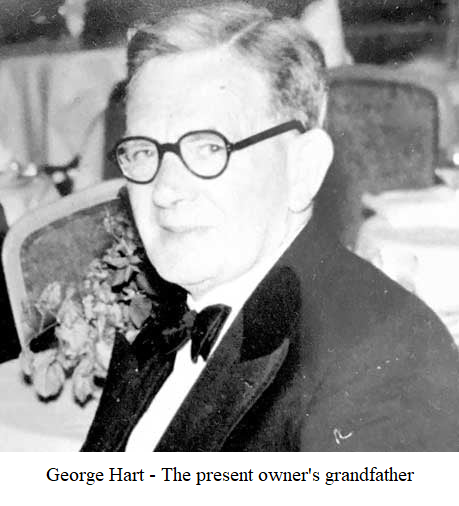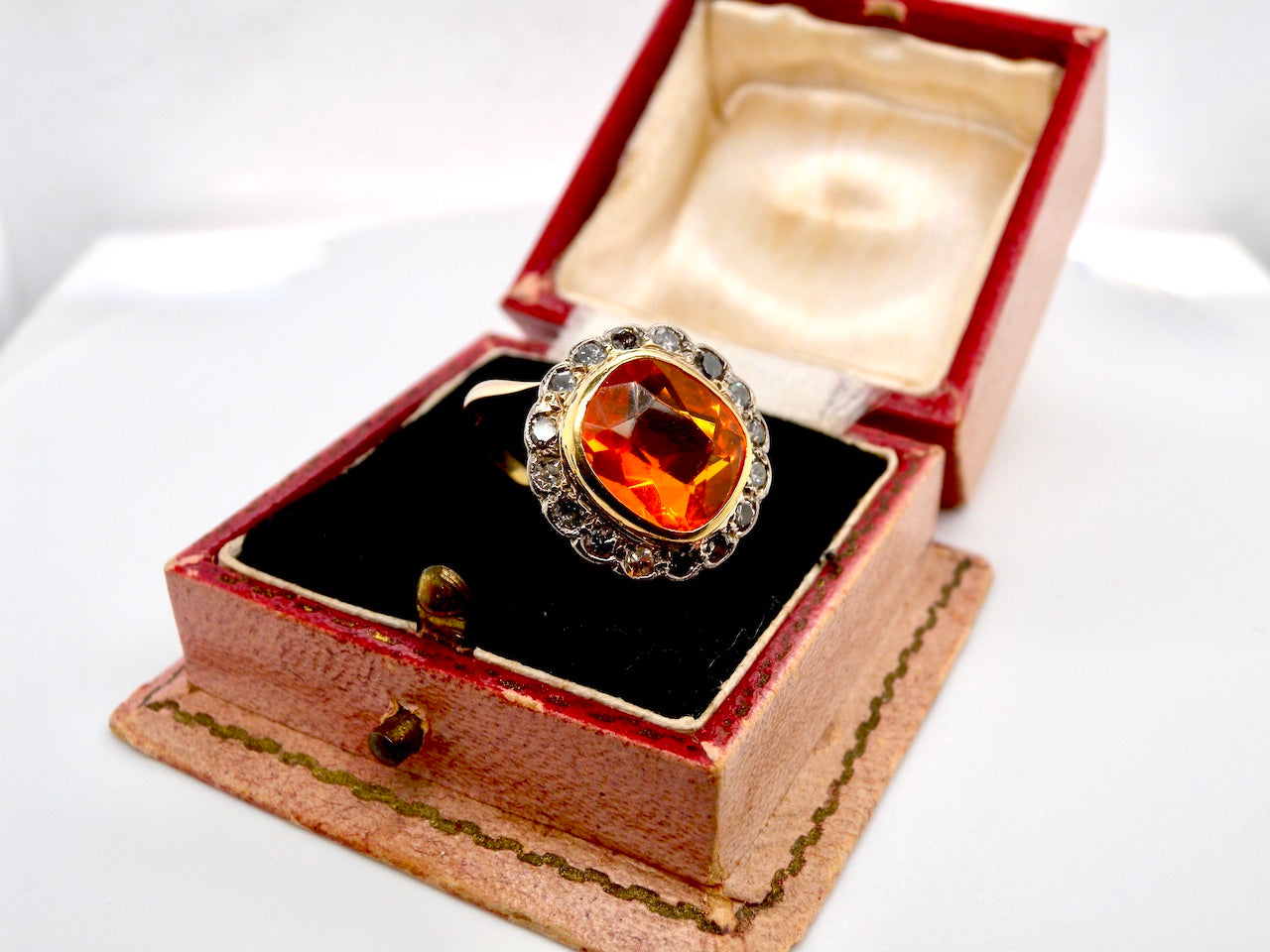There is little doubt that the Victorian era is the most influential and influenced eras where estate and antique jewellery is concerned. The British monarch defined this era too, as with most estate jewellery. With Victorian jewellery, it was the Queen of the United Kingdom of Great Britain, Alexandrina Victoria, as well as the Empress of India from 1837 to 1901.
The Victorian Era Periods
The Victorian era was made up of three time periods, the first one being the early Romantic period, which is rich in traditions, natural motifs made from silver and gold, and coloured gems only being worn at night and clear stones during the day.
The second period, known as the Grand or Mourning period, started when Prince Albert the consort, Queen Victoria’s husband, passed away from typhoid fever in December 1861. However, this diagnosis for his illness was found at a later stage to be incorrect, and it was discovered, that he had in fact, died from a form of progressive cancer.
Queen Victoria was shattered after the loss of her husband, despite the rumours of his affair going around, with Nellie Clifden, an Irish actress.
Jewellery created during this mourning period was dark, large, sombre, and dramatic, and included plenty of black onyx, amethyst, jet, golds, and garnet, and lasted until the 1880s, the start of the period of decorative, elegant, and attractive jewellery.

More feminine and complex motifs were used by Late Victorians, going back to more natural designs, which included many celestial designs and more decadent gemstones like rubies, zircon, sapphires and diamonds of course. These designs continued until the end of that century.
Jewellery of the Victorian era included many global movements, such as the Egyptian and Etruscan, as well as the Arts and Crafts and Art Nouveau design movements, which carried on until the beginning of the 20th century.
Victorian Jewellery Styles
Jewellery designs became extremely creative and had an influence on all levels of society, because of new developments in industrial procedures and mass production processes, especially in the early part of the Victorian era. These new processes and procedures meant that the time it took jewellers to produce certain pieces was reduced significantly, so more items could be manufactured without the quality being sacrificed.
Jewellery craftsmen of that time also became more creative with their designs because of the abundance of the materials they used. Georgian jewellers, for instance, worked extremely carefully because of the cost potential mistakes, whereas Victorian jewellers, had the opportunity to experiment and come up with innovative ideas which were never tried before.
Jewellers were able to acquire greater numbers of larger, more impressive stones. This allowed them to design pieces around the gems, instead of simply relying on the intricate etched metalwork that had a huge influence on the previous era.
Craftsmanship, Value, and Rarity
Jewellers of the Victorian era were experts of their craft, and because of the prosperity of that time, they created countless jewellery items with such exceptional skill, that many pieces have survived to this day.

A renewed interest in jewellery from ancient civilizations emerged, which led to a variety of styles and the understanding that jewellery items should retain their value for many years into the future. Victorian jewellery was created to last a long time, which resulted in the practice of recycling older pieces to save materials to be phased out.
Even though a vast number of Victorian jewellery pieces have been lost over the years, many more pieces from this era have survived, than those from the previous Georgian era. Although this means that Victorian jewellery is not as rare these days, some of the styles produced during those times are so wide and varied, that their artistic values are significantly high.
Many consider the Victorian era to be the most influential and prosperous in the history of Great Britain, and today’s buyers are extremely interested in acquiring Victorian jewellery items. However, not all jewellery from the Victorian era is of the same quality, so collectors should make sure that they are investing in the correct pieces.
The Benefits Of Buying Victorian Jewellery
Apart from the above aspects of Victorian jewellery that make it popular with so many people, it is the several other benefits also, that make it an attractive investment, including:
- Eco-friendly – the mass production of modern jewellery has a negative impact on the environment, due to the excessive mining procedures for precious metals and gemstones. By buying Victorian jewellery, on the other hand, you help to reduce the demand for gem and metal mining, which has a way more positive effect on our fragile environment.
- Incredible Value – not only is Victorian jewellery less expensive than a new, similar piece, but you also don’t pay any manufacturing fees, since these are already included in the price of the item you buy. In addition to this, Victorian jewellery becomes more valuable with time, and the longer you keep it, the rarer it becomes. In other words, you save money and gain a worthwhile asset when you invest in Victorian jewellery.
- Better Quality – the gems and metals used in the manufacture of Victorian jewellery were of higher quality than those found in today's jewellery pieces. In addition to this, unlike new jewellery that is mass-produced, the craftsmen in days gone by took time and care to produce jewellery of exceptional quality that is unmatched today.
- Historical Importance – when you buy Victorian jewellery, you own a little piece of history and that item you wear has a story to tell. By choosing to buy a Victorian jewellery piece, you become a part of its history.
In Conclusion
Victorian jewellery is known for its exquisite beauty and significant value, and it is well worth investing in these spectacular little rare pieces of history. When you wear your Victorian jewellery, not only will you stand out in a crowd, but you will be showing your uniqueness and exceptional taste for the good things in life as well!



